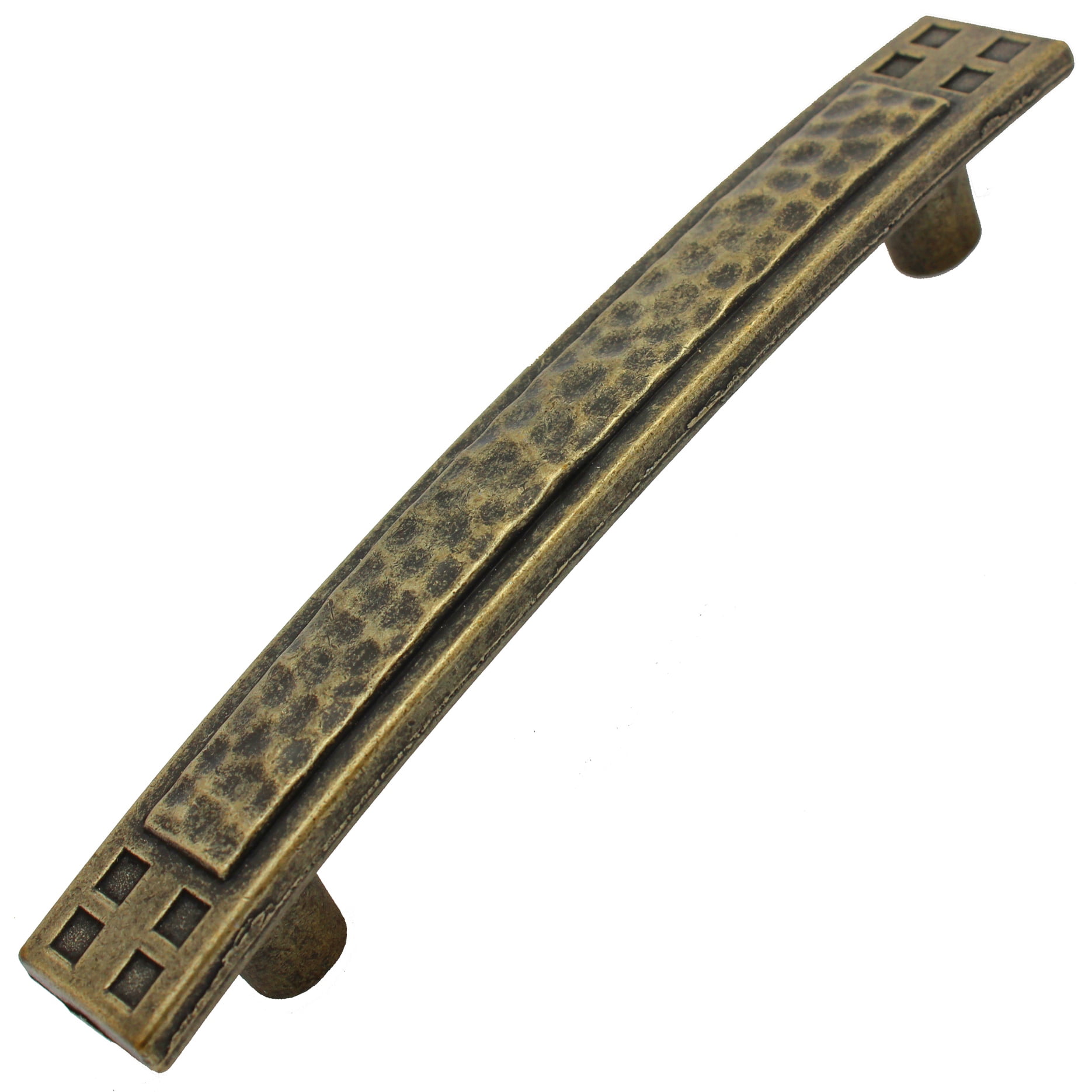Sourcing & Identifying Authentic Mission Style Hardware: Mission Style Cabinet Hardware

Discerning authentic Mission style cabinet hardware from reproductions requires a keen eye for detail and a solid understanding of the style’s characteristics. The subtle differences in materials, construction techniques, and overall aesthetic can significantly impact a piece’s value and authenticity. This section will provide guidance on identifying genuine articles and reputable sources for acquiring them.
Identifying authentic Mission style hardware often involves looking beyond superficial similarities. While many reproductions skillfully mimic the overall style, closer examination reveals discrepancies in craftsmanship and materials. Understanding these differences is key to making informed purchasing decisions.
Telltale Signs of Age and Craftsmanship in Mission Style Hardware
The age and craftsmanship of Mission style hardware are crucial indicators of authenticity. Genuine pieces often exhibit signs of wear consistent with their age, including minor scratches, discoloration, and patina development. However, excessive damage should raise concerns. Furthermore, the quality of the metal casting or forging, the precision of the joinery, and the overall finish are all important considerations. Authentic pieces usually display superior craftsmanship compared to mass-produced reproductions. For example, hand-forged hardware will show subtle variations in shape and finish that are absent in machine-made copies. The presence of maker’s marks or stamps, while not always present, can be strong indicators of authenticity.
Reputable Sources for Purchasing Mission Style Hardware
Several reputable sources offer both authentic and high-quality reproduction Mission style hardware. Online retailers specializing in antique and vintage architectural salvage often carry genuine pieces, though careful inspection is always advised. Websites dedicated to Arts & Crafts and Mission Revival styles may also offer both authentic and reproduction options. Many reputable antique shops and architectural salvage yards provide opportunities to examine pieces in person, allowing for a thorough assessment of their condition and authenticity. Additionally, some specialized hardware stores focus on historically accurate reproductions, ensuring a high level of craftsmanship and attention to detail.
Characteristics to Consider When Evaluating Mission Style Hardware
When evaluating the quality and authenticity of Mission style hardware, several key characteristics should be considered.
- Material: Authentic pieces are typically made from high-quality materials such as wrought iron, cast iron, or solid brass. Reproductions may utilize cheaper alternatives, like pot metal or zinc alloys.
- Construction: Examine the construction methods. Hand-forged or cast pieces often exhibit subtle variations and imperfections that are absent in mass-produced items. Look for evidence of handwork, such as hammer marks or irregularities in the casting.
- Finish: The finish should be consistent with the age and material of the piece. Authentic hardware often displays a natural patina or aged finish, while reproductions may have a more uniform, modern-looking finish.
- Design: Mission style hardware typically features simple, geometric shapes and clean lines. Avoid pieces with overly ornate or fussy details, which are more characteristic of other styles.
- Hardware Markings: Check for maker’s marks, stamps, or other identifying features. These can provide valuable information about the piece’s origin and age.
Example of Authentic Mission Style Hardware: A Wrought Iron Cabinet Pull, Mission style cabinet hardware
This example focuses on a specific piece of wrought iron cabinet hardware, highlighting its design and material characteristics.
- Material: Wrought iron, exhibiting a dark, naturally patinated finish consistent with age.
- Design: Simple, geometric shape, possibly a rectangular or slightly curved bar with squared ends. The design avoids excessive ornamentation, emphasizing clean lines and functionality.
- Construction: Hand-forged, displaying subtle variations in thickness and texture. Hammer marks or other evidence of handwork may be visible upon close inspection.
- Details: The ends may be slightly flared or feature simple, geometric detailing, such as a small, hammered decorative element.
- Mounting: Likely features simple screw holes or other discreet mounting hardware consistent with the overall minimalist design.
